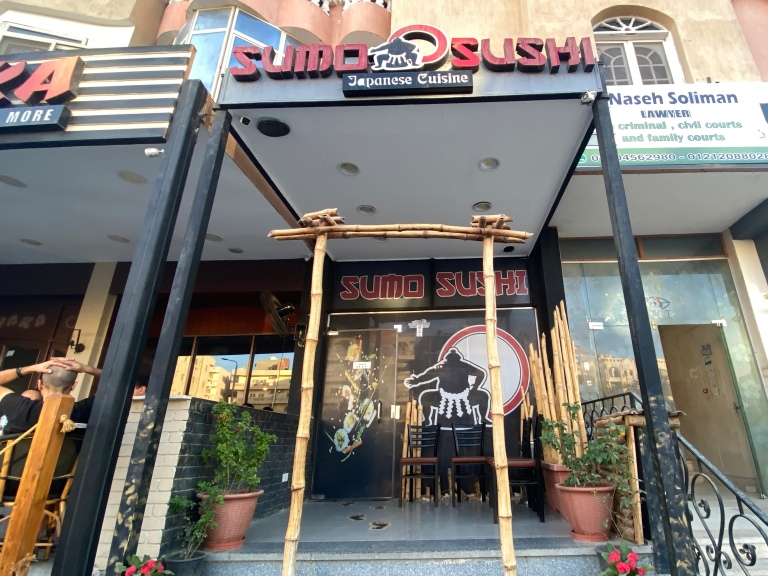
Interesting decor, enticing food names, and endearing staff made this a meal Ikuna will always remember!
Our Japanese-language reporter Ikuna Kamezawa is busy living her best life traveling the world right now. After touring ramen restaurants in Spain and exploring plastic model hobby shops in Paris, she now finds herself checking out what the North African country of Egypt has to offer.
After many weeks of traveling, you’d think Ikuna was a little homesick for Japan, wouldn’t you? Normally, she would say she isn’t, except November is when the last Sumo tournament of the year is held, and Ikuna, a fan of sumo, isn’t here to see it, which makes her feel a little more inclined to miss her home country. Luckily for times like these, the best remedy is eating Japanese food–and where better to alleviate the loss of sumo than by eating at a place called Sumo Sushi?
Ikuna found Sumo Sushi in a city about 500 kilometers (about 311 miles) south of Cairo known as Hurghada. As a beach resort town, it’s a popular vacation spot for European tourists, but not so much for Japanese travelers. Wondering what kind of sushi they might serve–and also harboring a vague hope that the owner might be a big sumo fan–she decided to make a stop for lunch there.
The inside was very compact, but neat and very nicely decorated.
However, Ikuna found some of the use of kanji questionable…
▼ “Dream jiujitsu”?
There were some Japanese words and characters printed around in random places on the walls. They weren’t nonsense words, but at the same time, Ikuna had to wonder about why they were placed in those particular spots and in that particular order.
▼ “Sky, Ground, Common Difference, Love, God, Peace, Sushi, Sumo, Sea”
It seemed almost like some kind of secret code…Ikuna began to ponder if they had some sort of deep meaning she wouldn’t understand.
▼ “Cherry Blossom, Love, Fox”
▼ “Justice, Samurai, Even”
But though the decorative elements had a nice Japanese flair to them, the atmosphere was unlike any Japanese sushi restaurant Ikuna had ever been to.
In any case, it did look like they put a lot of effort–and possibly money–into the decor.
Ikuna was eager to try out the food. The menu had a variety of options besides sushi, including sashimi, fried rice, yakisoba, fried food, ginger pork, grilled fish, and katsudon.
Naturally, Ikuna had to order miso soup, a must-have in a Japanese meal.
▼ The miso was priced at 45 Egyptian pounds, which works out to be 326 yen (US$2.84).
She also ordered five kinds of nigiri sushi (86 EGP [623 yen]).
A slight misspelling of “tempura moriawase”–a selection of tempura vegetables and fish called “Tempura Moriwase” in this case–made Ikuna giggle, so she had to order that too for 79 EGP, or 573 yen.
The names of the menu items all entertained Ikuna, and she couldn’t help but order her favorites. She ordered the “Ninja” (80 EGP for four pieces), which was a maki roll with crab, creamy cheese, and salmon.
Lastly, she could not help but order the “Sumo” (87 EGP). Ikuna didn’t really know what it was, but she had to give it a try in the spirit of Sumo season!
Once she placed her order, it didn’t take long for the staff to drop off a bottle of Kikkoman soy sauce. Oh!! Ikuna was very excited about this. She’d never seen Kikkoman in Egypt before.
But it turned out that she had plenty of time to admire this Japanese brand of soy sauce because it wasn’t for another 40 minutes that her food began to arrive.
First came the miso soup, which took so long to arrive that Ikuna wondered if they had to ferment the beans first. Still, this soup was unexpectedly delicious.
It had all the proper fixings of a miso soup, including tofu, green onions, wakame seaweed, and lots of sesame seeds. It also had a lovely fish-based broth that Ikuna really enjoyed. It was a satisfying intermezzo…
…that lasted about 30 minutes. Eventually, Ikuna hailed a server and asked if there was some kind of delay, but it seemed like their intention was to bring one dish at a time and give her plenty of time to enjoy each one. After she assured him that she was sitting on no such formalities and that she’d like them to bring everything at once, the server winked, said “Okay!” and ran off.
He soon returned with the “Tempura Moriwase”. On the right side was a pile of seafood, and on the left, vegetables, though they were all bell pepper slices. The plate came with a sweet chili sauce instead of ten-tsuyu, the typical broth that comes with tempura.
That was just as well because these weren’t typical tempura but more like crispy fried veggies and fish, so the sauce matched perfectly with the fried options.
Though this style felt a bit more Vietnamese than Japanese, Ikuna had to admit that the quality of these fried delicacies was really high. The batter was neither too thin nor too thick, and it came out nice and hot and crispy. It was really delicious!
Soon the sushi arrived. Ikuna had ordered shrimp, white fish, salmon, eel, and fried shrimp.
She was really happy that she was also supplied with a good amount of wasabi and pickled ginger.
They did also serve it with some kind of mystery sauce and mayonnaise, but Ikuna is a simple Japanese woman, so she dressed her sushi only with soy sauce.
The quality of the sushi was pretty decent; about as good as sushi she’d eaten in Europe. Of course, it didn’t really hold a candle to Japanese sushi, but given that it’s much harder to find Japanese ingredients in Egypt, she thought the sushi at Sumo Sushi was pretty good.
The rice didn’t have that distinctive vinegar taste she liked in sushi, but she could tell it was well-made rice. She also liked that the flavor of the unagi particularly came through.
Next to arrive was the Ninja!
It turned out to be a deep-fried maki roll. Ikuna somewhat regretted this choice as she’d already eaten a lot of fried food, but she couldn’t resist how good it looked.
This roll consisted of soft, melted cheese, wrapped in seaweed, wrapped in rice, then wrapped in a batter and deep-fried. “Cheesy” was the dominant flavor of this roll. Was this dish cheese masquerading as sushi, or fried food masquerading as sushi? And does the “Ninja” name come from its use of disguise? Ikuna did not know, but she wasn’t going to complain too much.
Finally, the last dish Ikuna ordered arrived: the mysterious “Sumo”.
It was something like yaki-udon–stir-fried noodles!
Right away it was clear where the name “Sumo” came from. The round cast-iron bowl it came in was clearly representative of a sumo ring. The three shrimp represented the sumo wrestlers and the referee, and perhaps the bell pepper slices were meant to symbolize the tassels of their loincloths. The sesame seeds were, of course, the grains of salt scattered around the ring.
Ikuna honestly couldn’t think of a better dish to be called “Sumo”. And when she took a bite…she realized it was delicious! It didn’t taste Japanese at all, but it reminded Ikuna faintly of food she’d eaten at a Thai street stall. Pieces of chicken and beef awaited at the bottom of the bowl, giving new meaning to the sumo phrase, “Rank and honor are buried in the ring.”
Though she went by herself, Ikuna managed to rack up a bill of 420 Egyptian pounds, which is about 3,000 yen or US$27, and that’s without any alcohol, which the restaurant did not serve. Based on the bill, Ikuna supposed that sushi must be a luxury meal in Egypt, but considering how much food she ordered, it’s not really surprising that she had such a high bill.
But Ikuna didn’t mind the cost. As she’d eaten, the waitstaff, knowing she was Japanese, frequently came by to ask her what she thought of the food. Afternoon turned to dusk as the restaurant slowly began to fill up with what Ikuna assumed was wealthy locals. As she ate her unusual meal, eagerly attended to by the staff and surrounded by other content diners, Ikuna had to wonder if there was any sushi restaurant in Egypt more beloved than this one, and she couldn’t help but feel deeply touched.
“Sumo sushi, I’ll be back again one day!”
Images © SoraNews24
● Want to hear about SoraNews24’s latest articles as soon as they’re published? Follow us on Facebook and Twitter!
[ Read in Japanese ]

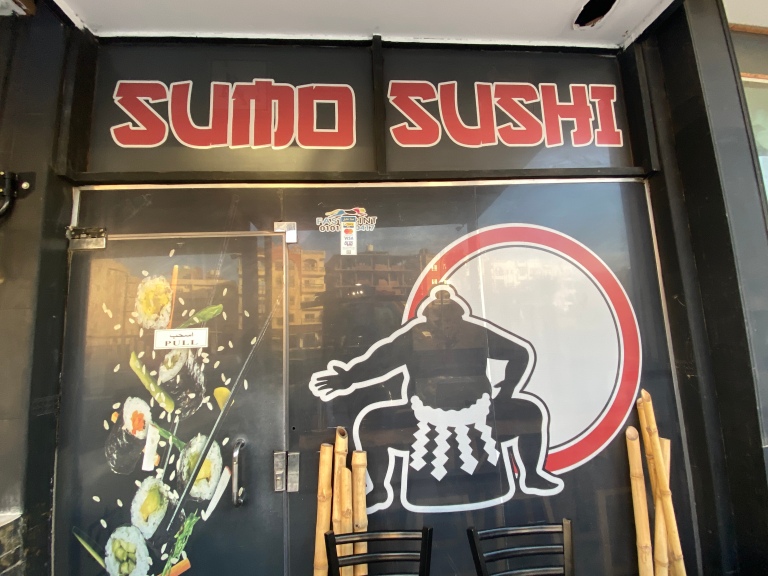
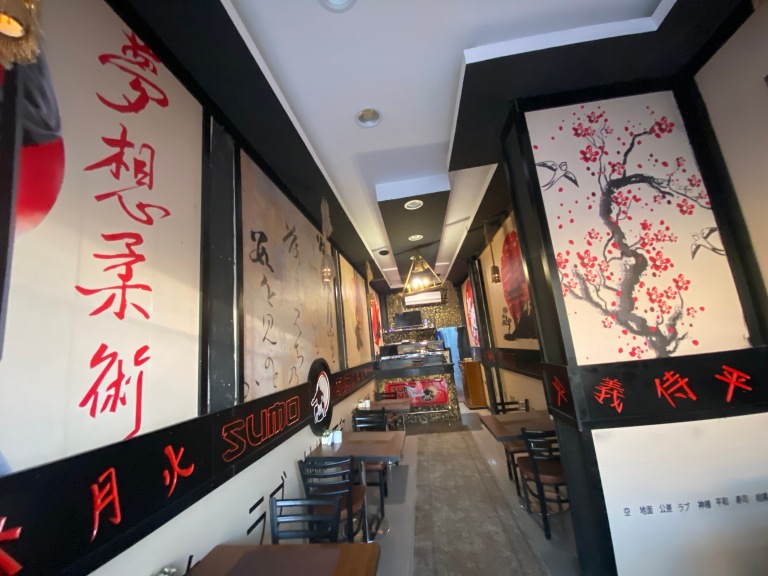
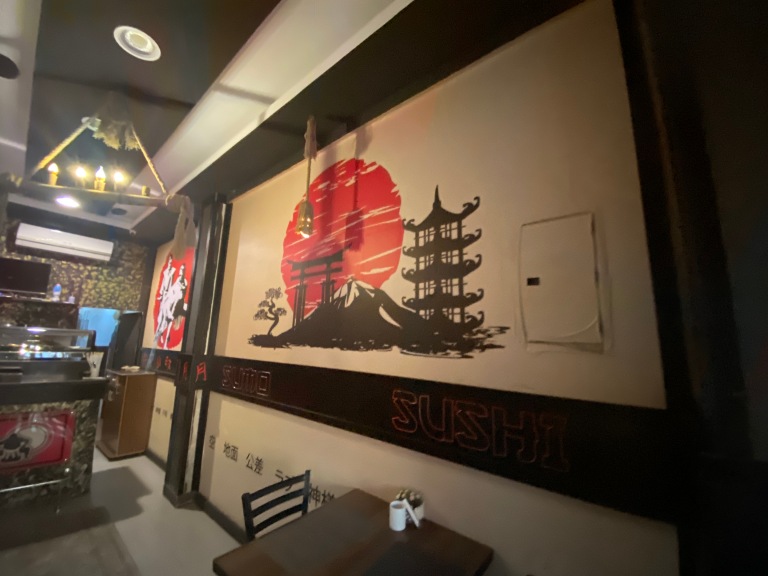
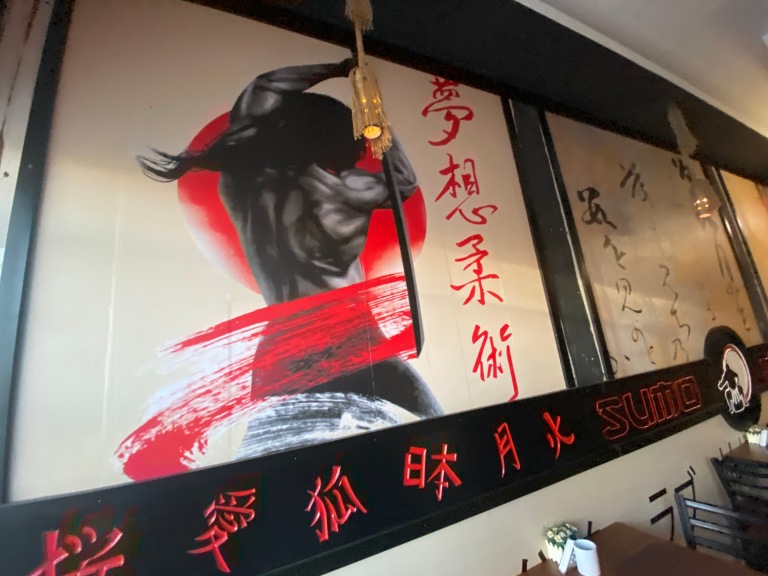
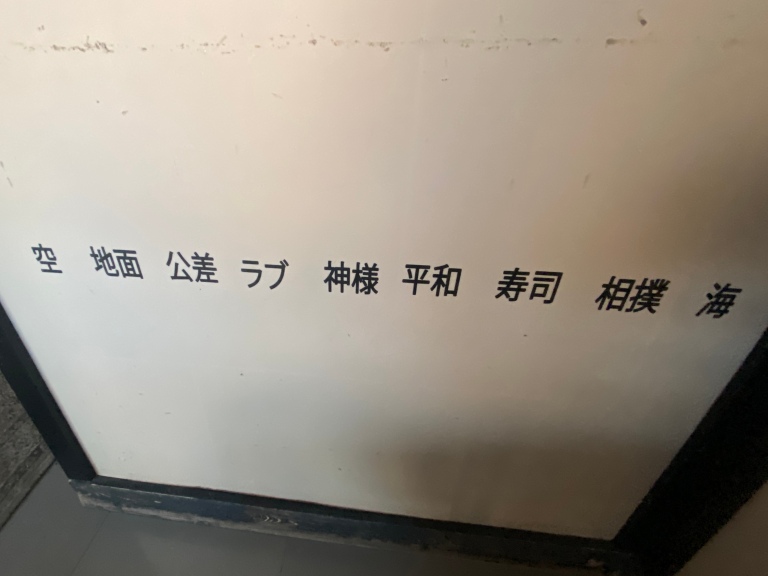
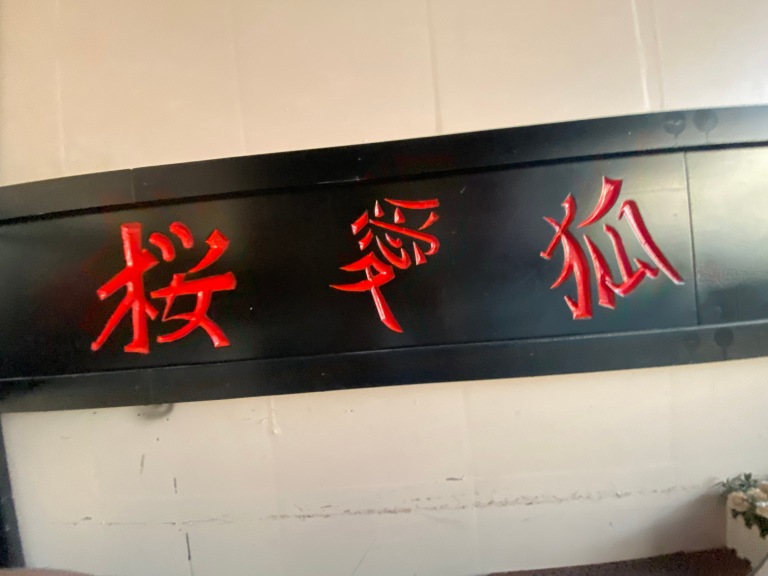
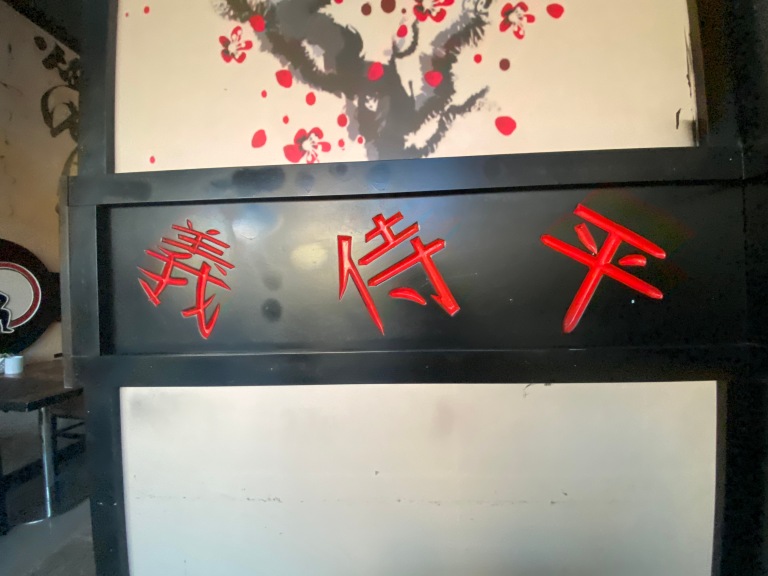
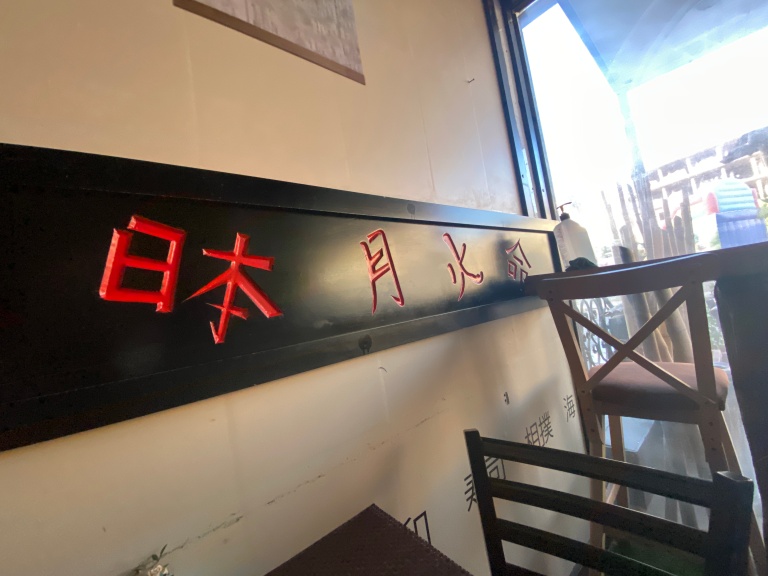
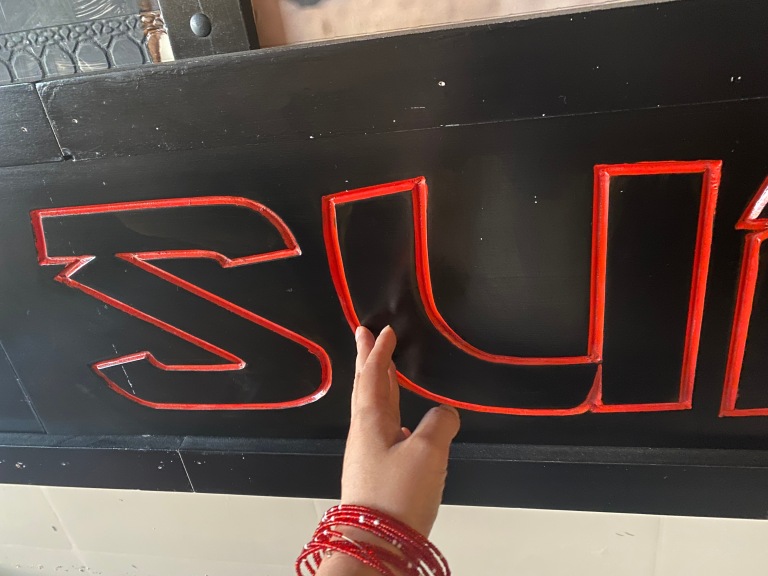
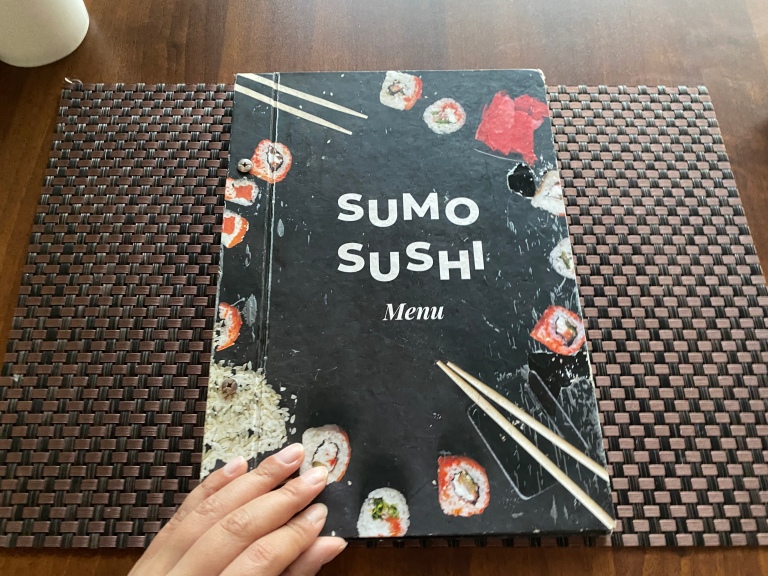
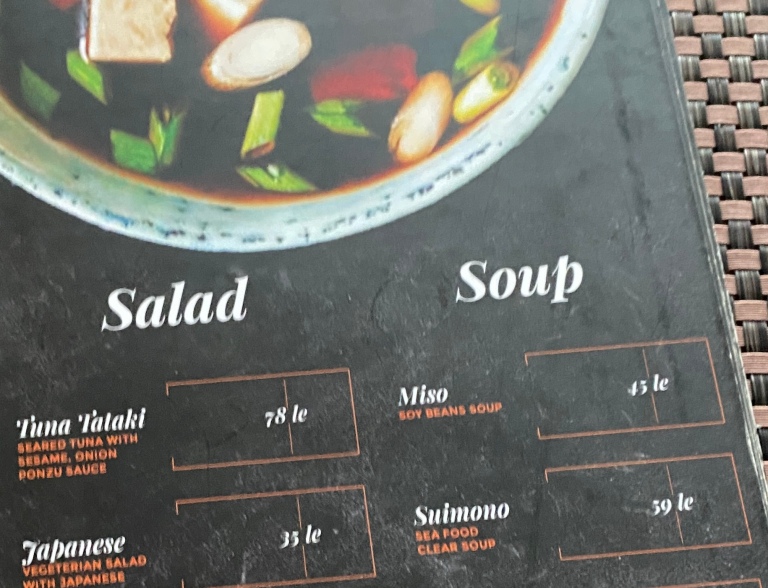
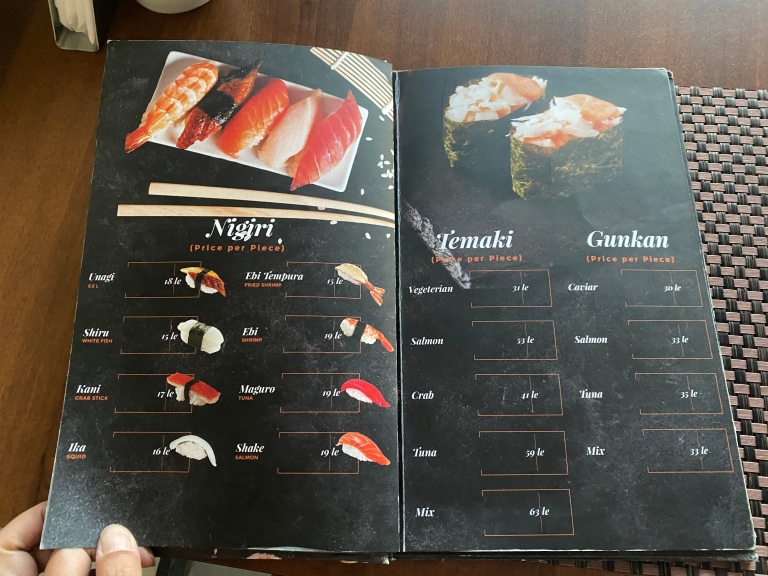
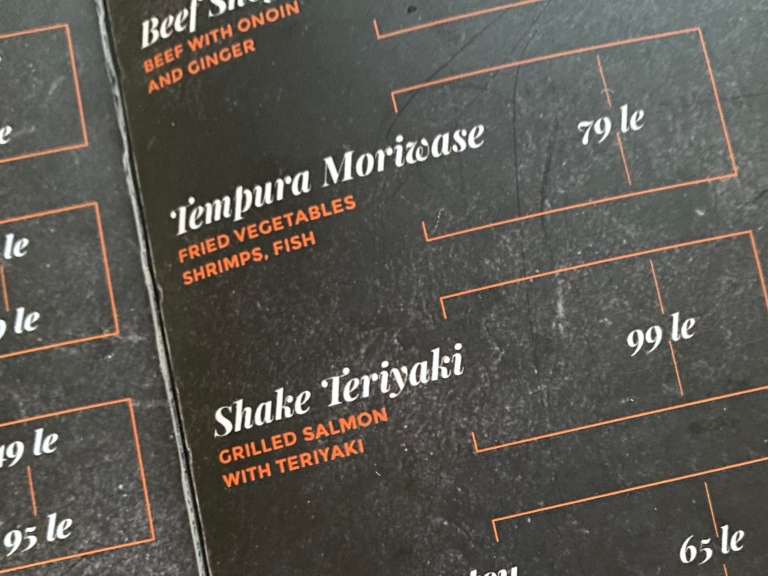
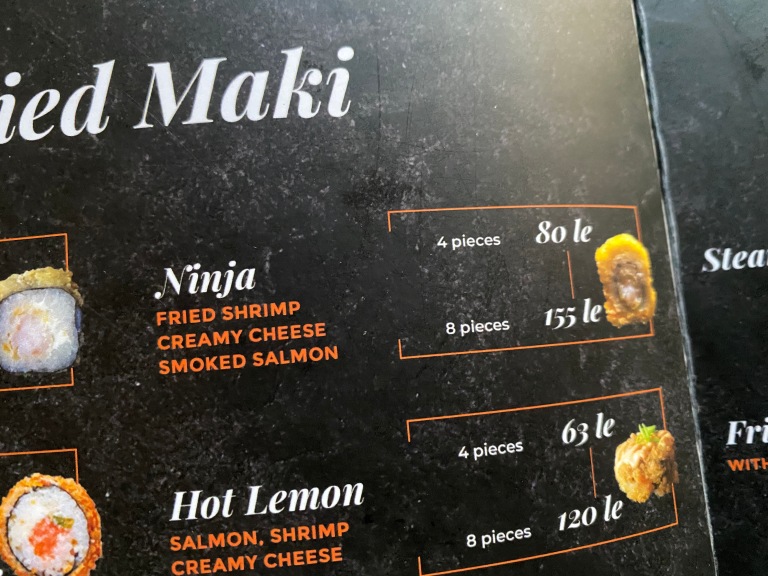
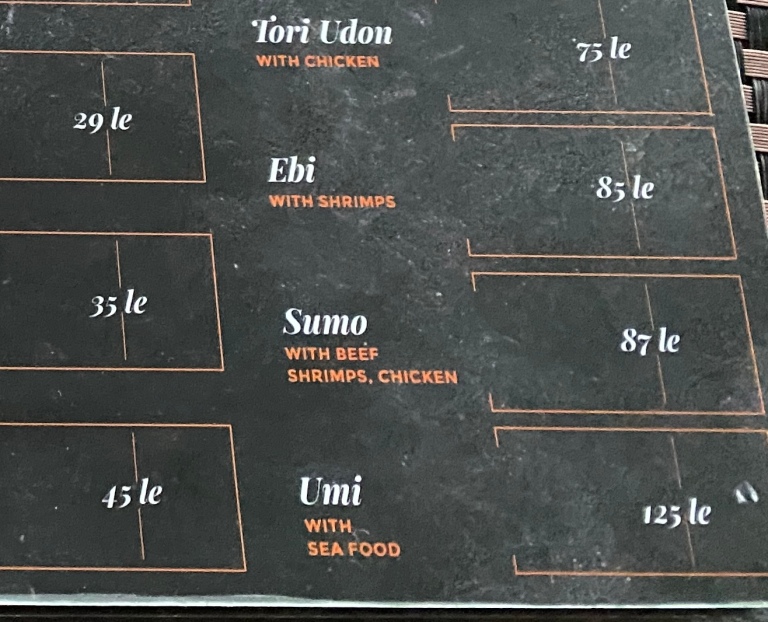
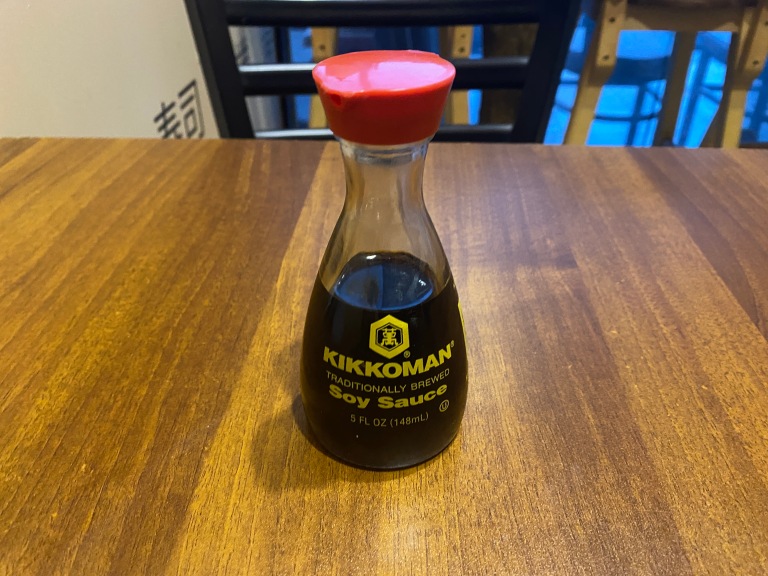
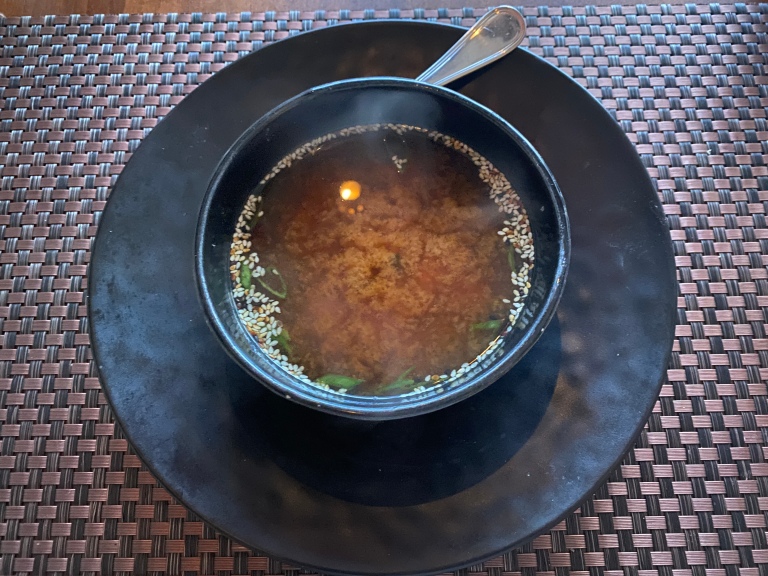
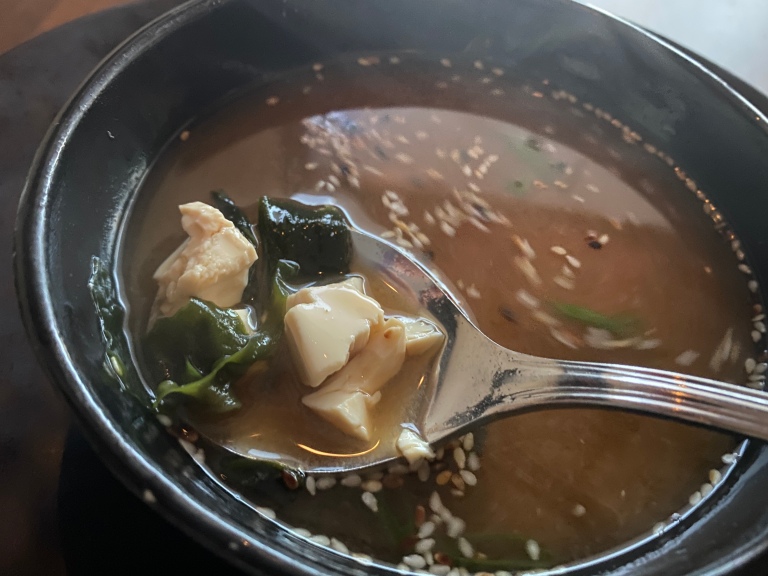
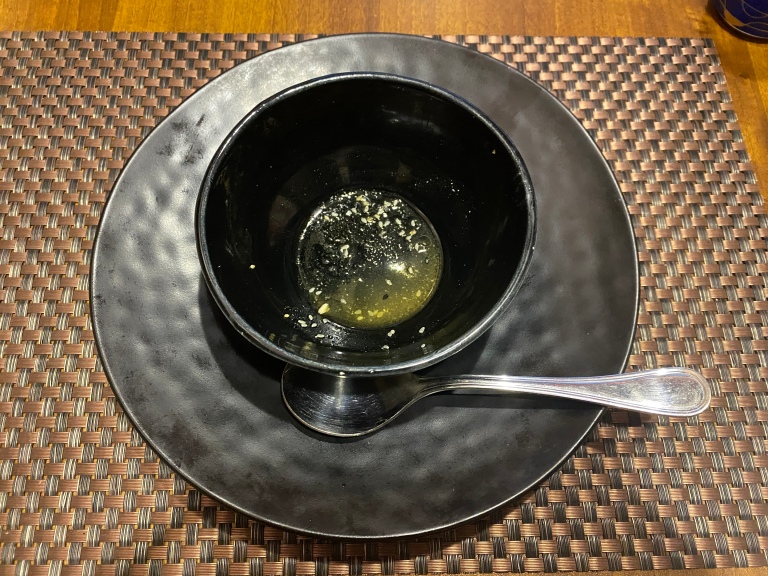
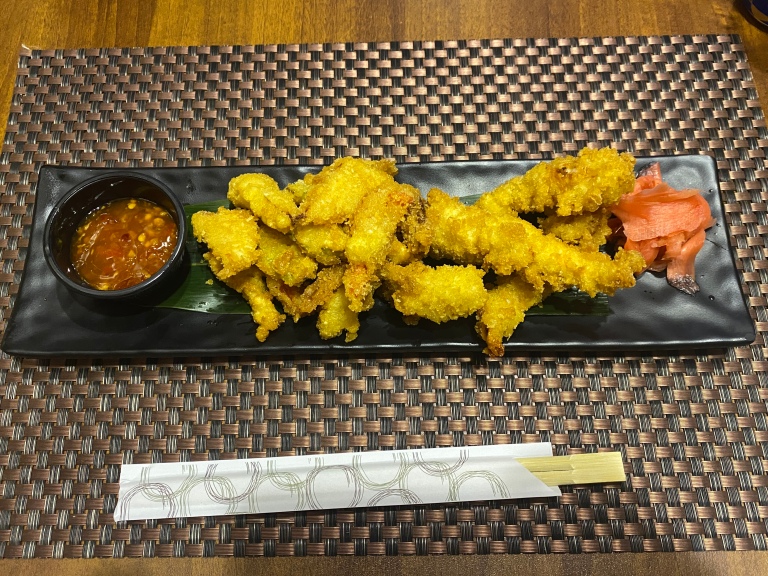
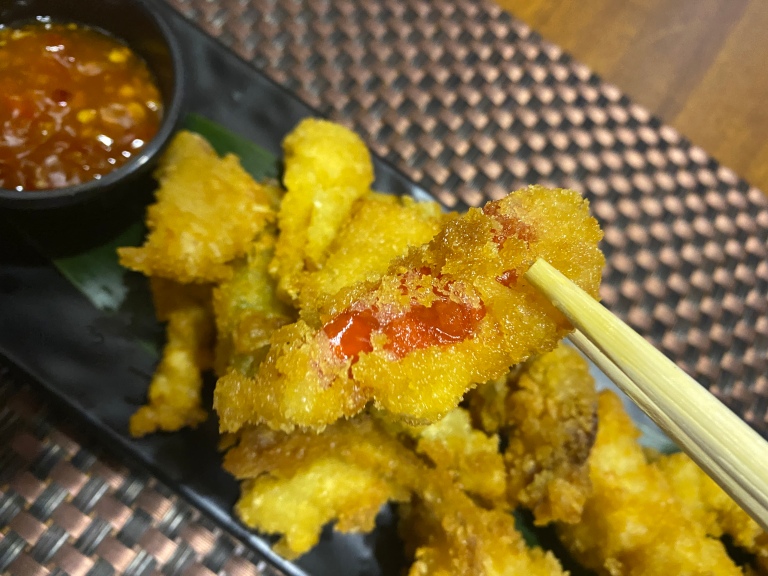
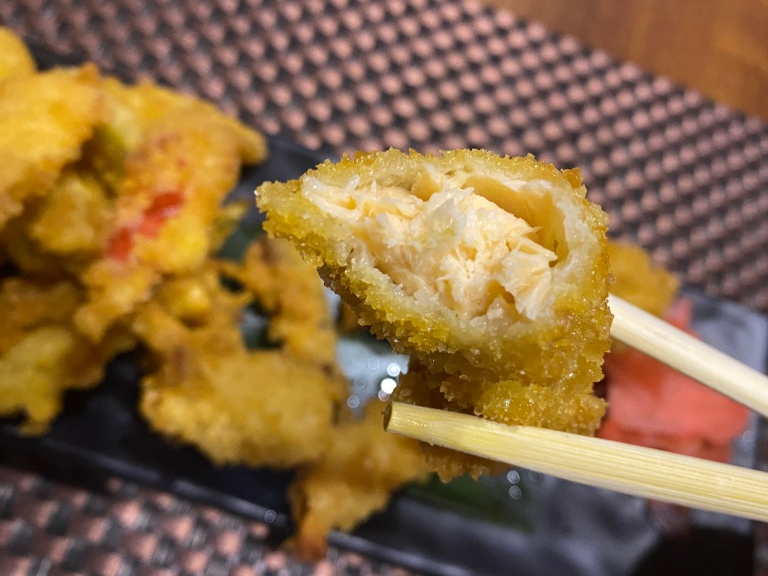
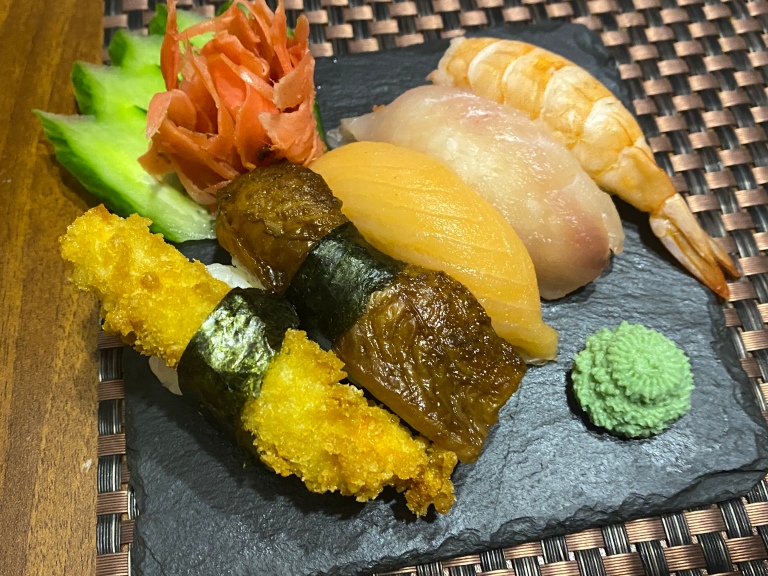
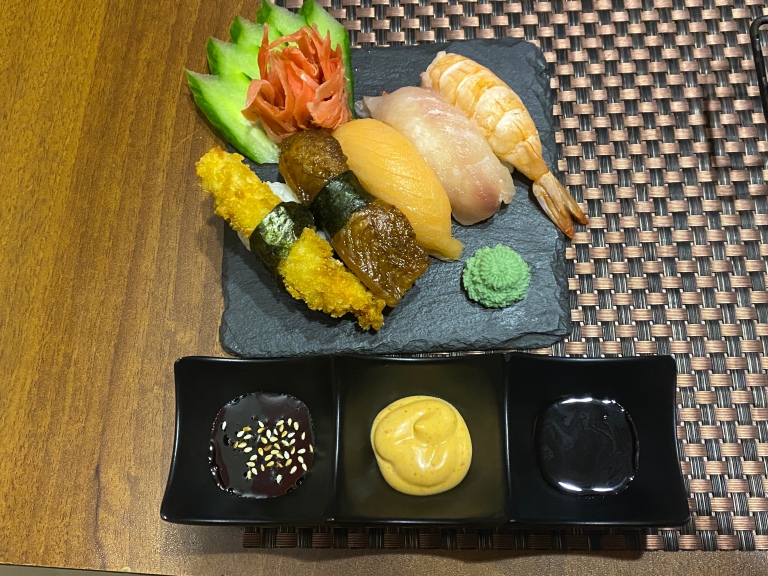
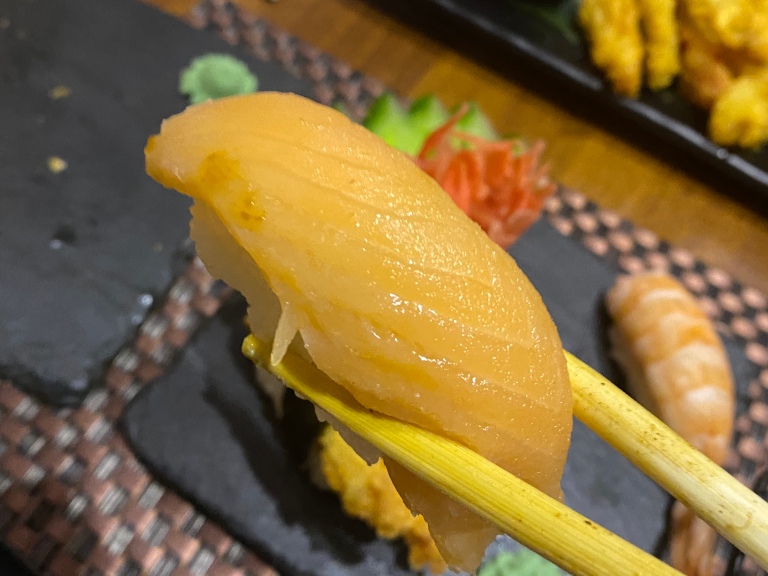

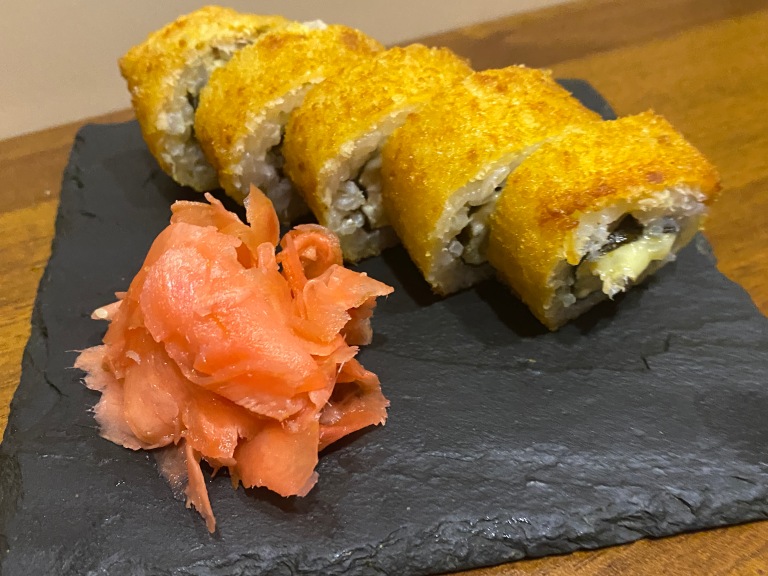
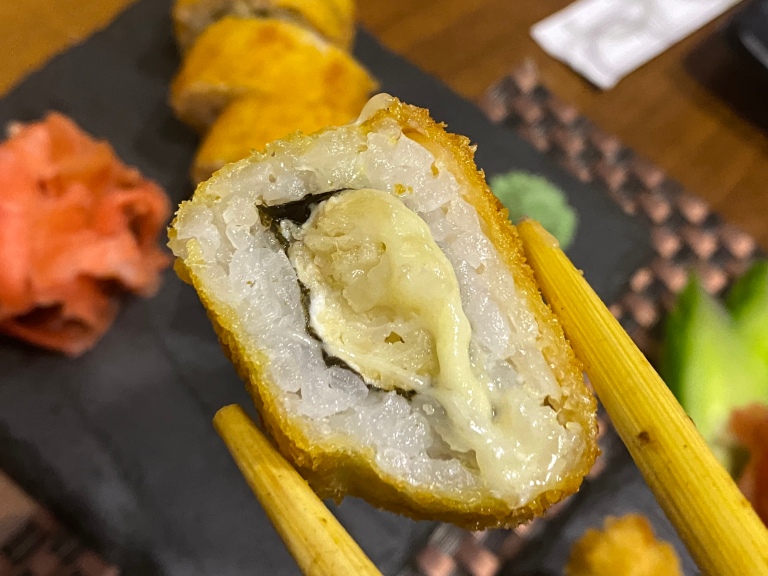
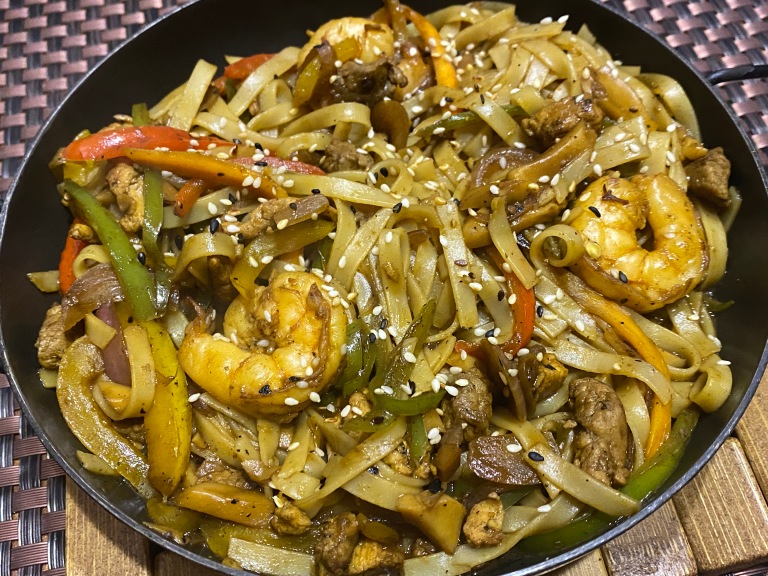
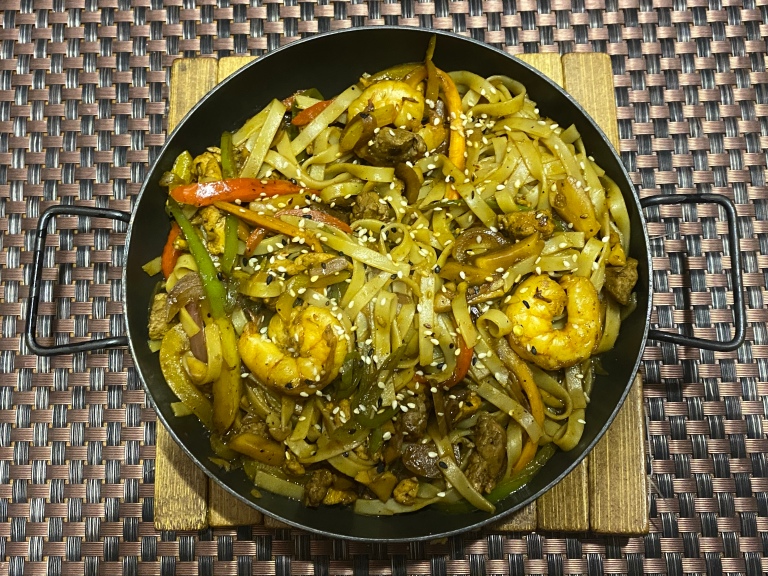
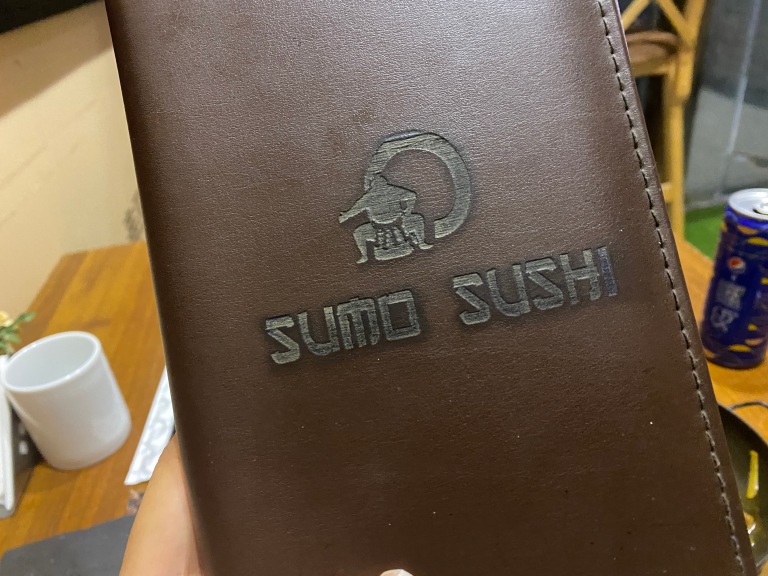

 We visit a restaurant called ‘Otaku’ in France, eat some otaku sushi
We visit a restaurant called ‘Otaku’ in France, eat some otaku sushi We try a rotating sushi restaurant in New Delhi, are surprised to find no rotating sushi
We try a rotating sushi restaurant in New Delhi, are surprised to find no rotating sushi We visit a ramen bar in Croatia, meet a whole new version of ramen we can’t wait to make at home
We visit a ramen bar in Croatia, meet a whole new version of ramen we can’t wait to make at home We try European Cup Noodle Soba flavors to see which ones come out on top 【Taste test】
We try European Cup Noodle Soba flavors to see which ones come out on top 【Taste test】 Our reporter orders food from Uber Eats, falls in love, learns that fate works in mysterious ways
Our reporter orders food from Uber Eats, falls in love, learns that fate works in mysterious ways Foreigner’s request for help in Tokyo makes us sad for the state of society
Foreigner’s request for help in Tokyo makes us sad for the state of society Bad tourist manners at Mt Fuji Lawson photo spot prompts Japanese town to block view with screens
Bad tourist manners at Mt Fuji Lawson photo spot prompts Japanese town to block view with screens Starbucks at Shibuya Scramble Crossing reopens, but is it really bigger and better than before?
Starbucks at Shibuya Scramble Crossing reopens, but is it really bigger and better than before? One of Japan’s oldest castles now lets travelers spend night on the grounds, drink in its keep
One of Japan’s oldest castles now lets travelers spend night on the grounds, drink in its keep Foreign traveler caught trying to sneak into Japan by climbing down rope from cruise ship
Foreign traveler caught trying to sneak into Japan by climbing down rope from cruise ship Studio Ghibli unveils massive T-shirt collection featuring top anime movie characters
Studio Ghibli unveils massive T-shirt collection featuring top anime movie characters Studio Ghibli unveils new goods that tip the hat to The Cat Returns
Studio Ghibli unveils new goods that tip the hat to The Cat Returns Yakuza lieutenant arrested in Tokyo for stealing Pokémon cards
Yakuza lieutenant arrested in Tokyo for stealing Pokémon cards McDonald’s Japan’s new pancake pie is a taste sensation
McDonald’s Japan’s new pancake pie is a taste sensation W.T.F. Japan: The top five “sora” references of all time! 【Weird Top Five】
W.T.F. Japan: The top five “sora” references of all time! 【Weird Top Five】 Red light district sushi restaurant in Tokyo shows us just how wrong we were about it
Red light district sushi restaurant in Tokyo shows us just how wrong we were about it Japanese city loses residents’ personal data, which was on paper being transported on a windy day
Japanese city loses residents’ personal data, which was on paper being transported on a windy day McDonald’s new Happy Meals offer up cute and practical Sanrio lifestyle goods
McDonald’s new Happy Meals offer up cute and practical Sanrio lifestyle goods Japanese ramen restaurants under pressure from new yen banknotes
Japanese ramen restaurants under pressure from new yen banknotes Ghibli Park now selling “Grilled Frogs” from food cart in Valley of Witches
Ghibli Park now selling “Grilled Frogs” from food cart in Valley of Witches Two things to do, and two things not to do, when leaving a traditional Japanese inn
Two things to do, and two things not to do, when leaving a traditional Japanese inn New definition of “Japanese whiskey” goes into effect to prevent fakes from fooling overseas buyers
New definition of “Japanese whiskey” goes into effect to prevent fakes from fooling overseas buyers Our Japanese reporter visits Costco in the U.S., finds super American and very Japanese things
Our Japanese reporter visits Costco in the U.S., finds super American and very Japanese things All-you-can-drink Starbucks and amazing views part of Tokyo’s new 170 meter-high sky lounge
All-you-can-drink Starbucks and amazing views part of Tokyo’s new 170 meter-high sky lounge More foreign tourists than ever before in history visited Japan last month
More foreign tourists than ever before in history visited Japan last month New Pokémon cakes let you eat your way through Pikachu and all the Eevee evolutions
New Pokémon cakes let you eat your way through Pikachu and all the Eevee evolutions Disney princesses get official manga makeovers for Manga Princess Cafe opening in Tokyo
Disney princesses get official manga makeovers for Manga Princess Cafe opening in Tokyo French Fries Bread in Tokyo’s Shibuya becomes a hit on social media
French Fries Bread in Tokyo’s Shibuya becomes a hit on social media Sales of Japan’s most convenient train ticket/shopping payment cards suspended indefinitely
Sales of Japan’s most convenient train ticket/shopping payment cards suspended indefinitely Sold-out Studio Ghibli desktop humidifiers are back so Totoro can help you through the dry season
Sold-out Studio Ghibli desktop humidifiers are back so Totoro can help you through the dry season Japanese government to make first change to romanization spelling rules since the 1950s
Japanese government to make first change to romanization spelling rules since the 1950s Ghibli founders Toshio Suzuki and Hayao Miyazaki contribute to Japanese whisky Totoro label design
Ghibli founders Toshio Suzuki and Hayao Miyazaki contribute to Japanese whisky Totoro label design Doraemon found buried at sea as scene from 1993 anime becomes real life【Photos】
Doraemon found buried at sea as scene from 1993 anime becomes real life【Photos】 Tokyo’s most famous Starbucks is closed
Tokyo’s most famous Starbucks is closed One Piece characters’ nationalities revealed, but fans have mixed opinions
One Piece characters’ nationalities revealed, but fans have mixed opinions We asked a Uniqlo employee what four things we should buy and their suggestions didn’t disappoint
We asked a Uniqlo employee what four things we should buy and their suggestions didn’t disappoint McDonald’s breakfast menu in Hong Kong is like nothing we’ve ever seen in Japan
McDonald’s breakfast menu in Hong Kong is like nothing we’ve ever seen in Japan “Hey Singaporean taxi driver! Take us to the best restaurant in Singapore!”
“Hey Singaporean taxi driver! Take us to the best restaurant in Singapore!” Our reporters try a yakiniku sauce called “Even Women Garlic” to figure out what that means
Our reporters try a yakiniku sauce called “Even Women Garlic” to figure out what that means Do people in Osaka really eat crunchy fried noodles with curry? We ask a local, then try it out
Do people in Osaka really eat crunchy fried noodles with curry? We ask a local, then try it out We stumbled upon “Pudding Street” in Hanoi, so of course we had to investigate
We stumbled upon “Pudding Street” in Hanoi, so of course we had to investigate Our Japanese language reporter gets lucky with Vietnam McDonald’s Prosperity Beef Burger
Our Japanese language reporter gets lucky with Vietnam McDonald’s Prosperity Beef Burger Have you tried Tokushima ramen? No? You should (says our obsessed Japanese-language reporter)
Have you tried Tokushima ramen? No? You should (says our obsessed Japanese-language reporter) We get our hands on a coveted Yodobashi lucky bag, this time the beauty and health gadget box
We get our hands on a coveted Yodobashi lucky bag, this time the beauty and health gadget box One minute is all you need to make this popular instant noodle meal from Okayama【SoraKitchen】
One minute is all you need to make this popular instant noodle meal from Okayama【SoraKitchen】 Ramen and girls bar: Where you can talk to women who aren’t dressed like hosts or maids
Ramen and girls bar: Where you can talk to women who aren’t dressed like hosts or maids Japan’s big eats just got even bigger at this little-known cafe
Japan’s big eats just got even bigger at this little-known cafe Hey, Croatian taxi driver! Take us to the restaurant with the best štrukli in Zagreb
Hey, Croatian taxi driver! Take us to the restaurant with the best štrukli in Zagreb Japanese confectionery store Toraya serves up a surprising meal in Paris
Japanese confectionery store Toraya serves up a surprising meal in Paris Hey, Thai tuk-tuk driver! Take us to the best Thai restaurant in this part of Bangkok!
Hey, Thai tuk-tuk driver! Take us to the best Thai restaurant in this part of Bangkok! We beat two crane games at a Japanese arcade and take home two lucky bags
We beat two crane games at a Japanese arcade and take home two lucky bags
Leave a Reply